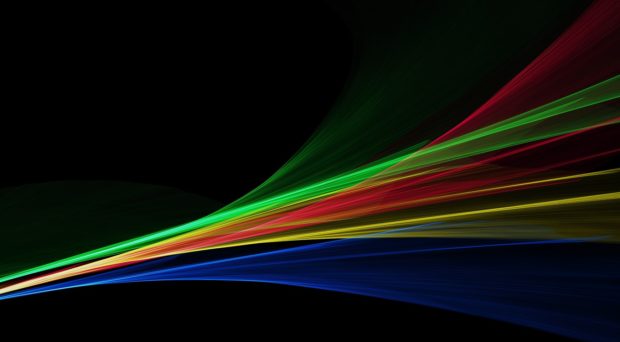
This post has been cross-posted from the SpringerOpen blog
Deep underground in the Large Hadron Collider at CERN, beams of protons travel around in circles at almost the speed of light before they are collided head-on. These high-energy collisions produce large numbers of tiny, short-lived particles that quickly decay into lighter, more stable particles. Investigating these particle decays allows physicists to catch a glimpse of the early history of the universe.
Capturing information about high-energy particle decays is a huge technological challenge, which requires the use of a vast 3D detector built around the collision point. As particles are produced and travel through the detector, they leave traces of their presence behind. Since particles are too tiny to be seen by eye, scientists must measure and interpret these traces in order to determine their identities.
Understanding precisely how well a detector can differentiate between different particles is vital for any particle physics experiment
The particle identification (PID) information provided by the traces acts as a kind of passport photo for each particle. Different particles have rather different PID passports. For instance, the traces left by electrons and their heavy cousins muons look very different from each other.
Particles made of quarks, such a pions and kaons, can also be distinguished well by the detector, even though their traces are more similar. Understanding precisely how well a detector can differentiate between different particles is vital for any particle physics experiment. At the Large Hadron Collider beauty experiment (LHCb), this process is called PID calibration.
Measuring particle identification accuracy
To measure the PID accuracy, one must start with samples of particles whose identities are known without looking at their PID passports. Special types of particle decays, which can be reconstructed, selected, and stored in real time without the use of PID information, provide just such samples.
Thousands of these decays occur every second at LHCb, and it is important to be able to select them quickly while rejecting a large number of background events. This is achieved by selecting the calibration samples using the LHCb trigger framework, which reconstructs the decays using high quality algorithms, such that the data are immediately usable in subsequent analysis.
Using these PID calibration samples, it is possible to precisely measure how good LHCb is at distinguishing between particle types.
It is crucial to measure this performance accurately when making physics measurements
One can apply a PID requirement to a calibration sample of muons, for instance, and count the percentage of muons that pass this requirement; this is the PID efficiency. One can also apply the same PID requirement to a calibration sample of pions, and count the percentage of pions that are incorrectly identified as muons; this is the misidentification rate. Taken together, the PID efficiency and misidentification rate define the PID performance.
It is crucial to measure this performance accurately when making physics measurements, for example in the search for the extremely rare B-meson decay Bs0 to μ+ μ–. This decay involves two muons, and backgrounds containing pions must be rejected at a very high level in order to isolate and correctly identify the signal.
Our approach
Without excellent PID performance, LHCb would be unable to make world-leading measurements at the flavor physics frontier
In the study published in EPJ Techniques and Instrumentation, we present the strategy used for the trigger selection and processing of PID calibration samples during Run 2 of the LHCb experiment (2015-2018). We describe the framework used to statistically subtract background events from the selected calibration samples, in order to provide analysts with pure samples of decays that can be used to measure the PID performance. Python-based tools have been made available to all LHCb analysts, enabling them to easily measure PID efficiencies and misidentification rates. This ensures continuity of the approach across many different physics measurements.
Without excellent PID performance, LHCb would be unable to make world-leading measurements at the flavor physics frontier. The PID calibration framework implemented during Run 2 will continue to serve LHCb well into the upgrade era, where data will be collected at higher energies and rates than ever before. We hope that the work described in our paper will help to guarantee many more years of high-quality physics results from LHCb.
Comments